How to Make Vinaigrette
Published Jan 03, 2020•Updated Apr 16, 2024
This post may contain affiliate links. Please read our disclosure policy.
Start with a ratio of 3:1 (oil to vinegar) to make an easy homemade vinaigrette that is better than anything you can buy at the store. It’s easier than you might think!
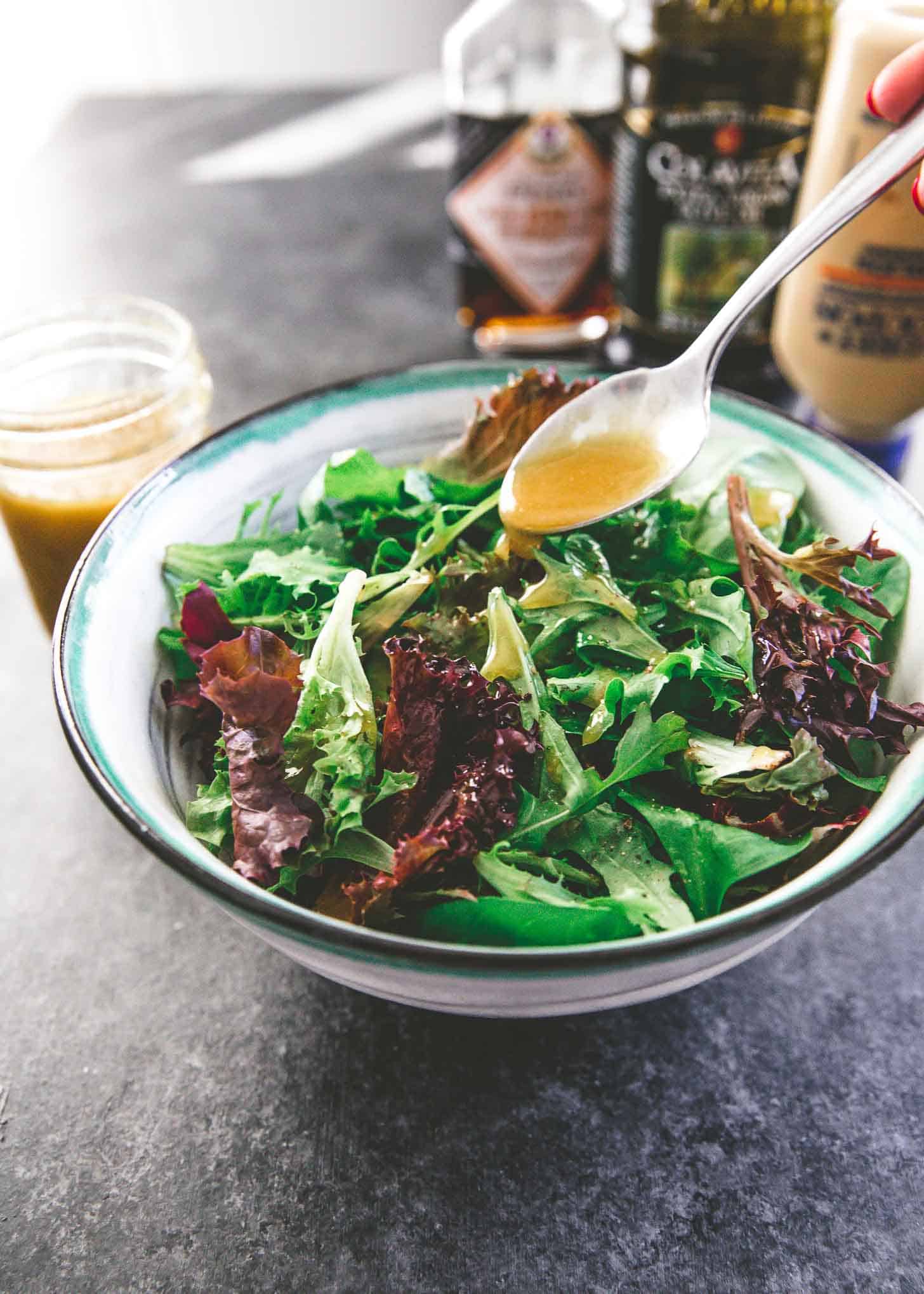
One of the simplest ways to feel like you’ve got the home cooking thing nailed is to learn to make your own vinaigrette. And really, you only have to do it once to master it. Start with a few simple ingredients and use 3 parts oil to 1 part vinegar as a guide.
Getting Started
Start by deciding how much you’ll need. For two people, 1/4 cup (4 Tbsp) will be plenty. Scale up from there, and then use the 3:1 ratio to figure out how much vinegar and oil you’ll need.
2 servings: 4 Tbsp Vinaigrette = 1 Tbsp Vinegar + 3 Tbsp Oil
4 servings: 8 Tbsp Vinaigrette = 2 Tbsp Vinegar + 6 Tbsp Oil
8 servings: 16 Tbsp Vinaigrette = 4 Tbsp Vinegar + 12 Tbsp Oil
These conversions might be helpful:
4 Tbsp = 1/4 cup
8 Tbsp = 1/2 cup
12 Tbsp = 3/4 cup
16 Tbsp = 1 cup
This will last indefinitely in the fridge, so once you have it down, it’s a good idea to make a big batch!

Ingredient #1: Oil
Any type of oil will work, but keep in mind that the oil will be the predominant flavor. Use an oil that tastes good on its own.
Olive oil is a classic and gives vinaigrette that subtle olive flavor. A more neutral-tasting oil like grapeseed or avocado will let other flavors shine. Unique oils like walnut oil or coconut oil have a distinct flavor that may fit with certain flavor profiles. You can also use a combination of oils, like adding a small amount of sesame oil in combination with a neutral oil (this is great for an Asian-inspired vinaigrette).
Note on rancid oil: If the oil is something you haven’t used in a while, check to be sure it hasn’t turned rancid before using it. Rancid oil is more common than you might think and can ruin a whole batch of dressing. Delicate oils that have been hiding in the pantry like olive oil, vegetable oil, walnut oil, or sesame oil are particularly susceptible. To check the oil, put a drop on your finger and taste it. It should taste smooth with no bitterness.
Ingredient #2: Vinegar
As with the oil, look for a vinegar that tastes good on its own. Taste test a tiny drop on your finger to see how you like it.
The sky is the limit, and you can really go wild here with variations. A few ideas are red or white wine vinegar, balsamic vinegar, sherry vinegar, rice vinegar (great for Asian flavor), and cider vinegar (great for fall salads).
Though they’re not technically vinegars, citrus juice can be used in place of (or in combination with) vinegar. Lemon, lime, and orange juice will all work.
Pin this now to save it for later
Pin It Now
Extra Ingredients for Flavoring Vinaigrette
Once you have oil and vinegar, you can customize vinaigrette with any other ingredients you like. Here are just a few ideas:
- Honey, Maple Syrup, Agave
- Mustard
- Garlic, minced
- Shallots, minced
- Fresh or Dried Herbs
- Dried Spices
- Fresh Fruit
- Fresh Cheese, grated
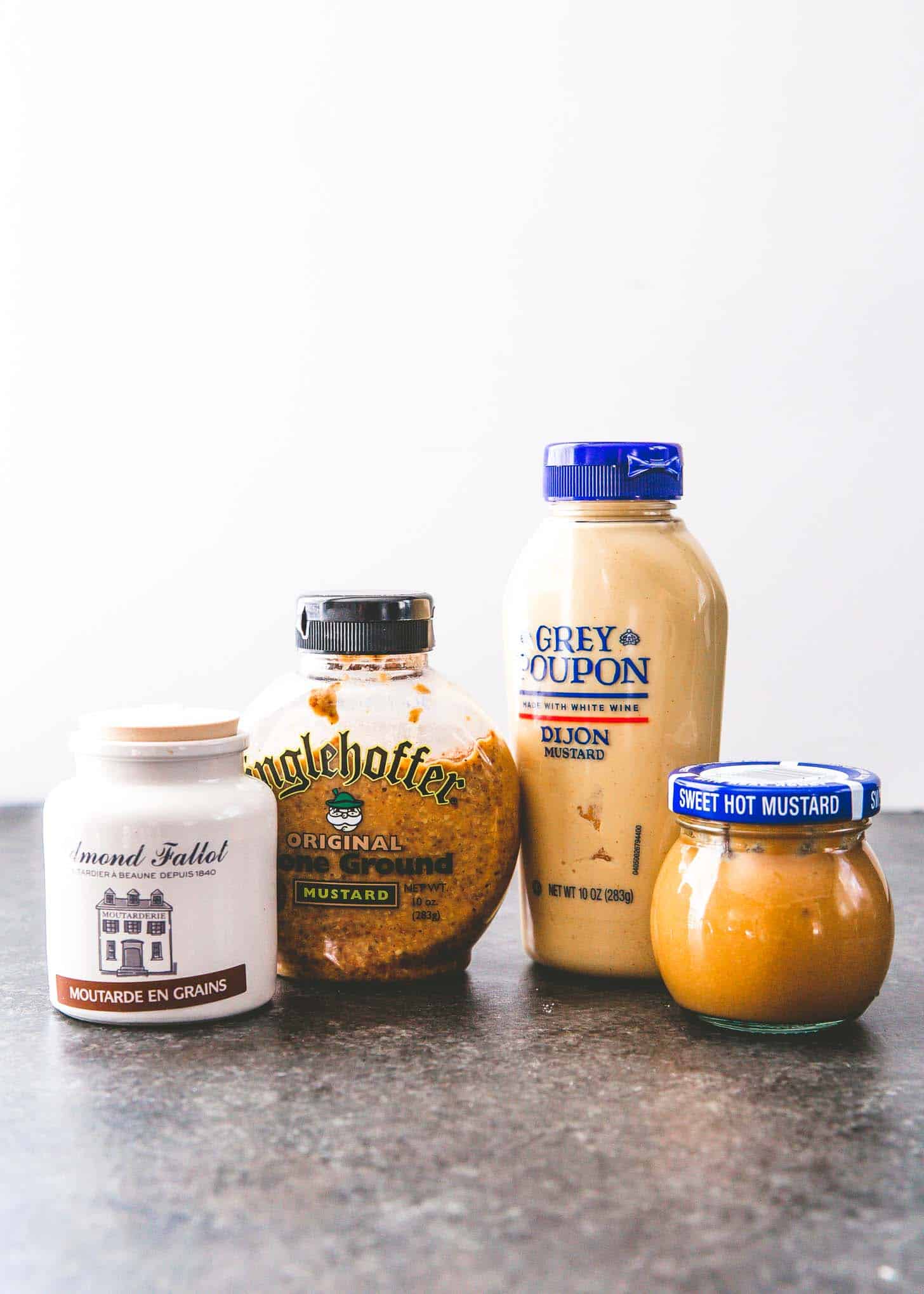
3 Ways to Mix:
- In a bowl with a whisk / fork: Pour vinegar and any other seasoning ingredients (except oil) in a bowl. Whisk with a fork or whisk until evenly combined. Slowly pour the oil over the other ingredients while whisking. Continue whisking until evenly combined.
- Best for: Making a small amount of vinaigrette for one-time use. Whisk the vinaigrette right in the bottom of a mixing bowl and add the salad on top. Toss everything together to serve.
- In a mason jar: Combine all of the ingredients in a mason jar with a lid. Shake vigorously until everything is evenly combined.
- Best for: Making a large batch of vinaigrette to use throughout the week or for making vinaigrette ahead of time (like in the morning for a dinner salad).
- In a blender / with an immersion blender: Combine all of the ingredients in a blender or in a narrow jar (that will fit the immersion blender). Just blend until smooth.
- Best for: Vinaigrettes that will use large pieces of herbs, garlic, vegetables, or fruit or for creamy vinaigrettes. Blending them will get them super smooth without the need to finely chop those ingredients or worrying about the creamy element fully emulsifying.
How to Make Vinaigrette without Measuring
When people talk about making vinaigrette they often use, science-y words like “emulsification” (which really just means that everything combines to make a smooth vinaigrette). But vinaigrette is super forgiving. You do not need to measure the ingredients to make a delicious, smooth vinaigrette. As long as you just keep the 3:1 ratio in mind, you can simply eyeball the ingredients.
This is typically how I make my balsamic vinaigrette recipe.

Here’s how I do it. I make vinaigrette in a glass jar. If you look at the jar below, you can see that it looks like there is about three times more oil than vinegar. I didn’t measure this. I just poured it in and used my best guest. What came out after I shook it was a very delicious, smooth vinaigrette.
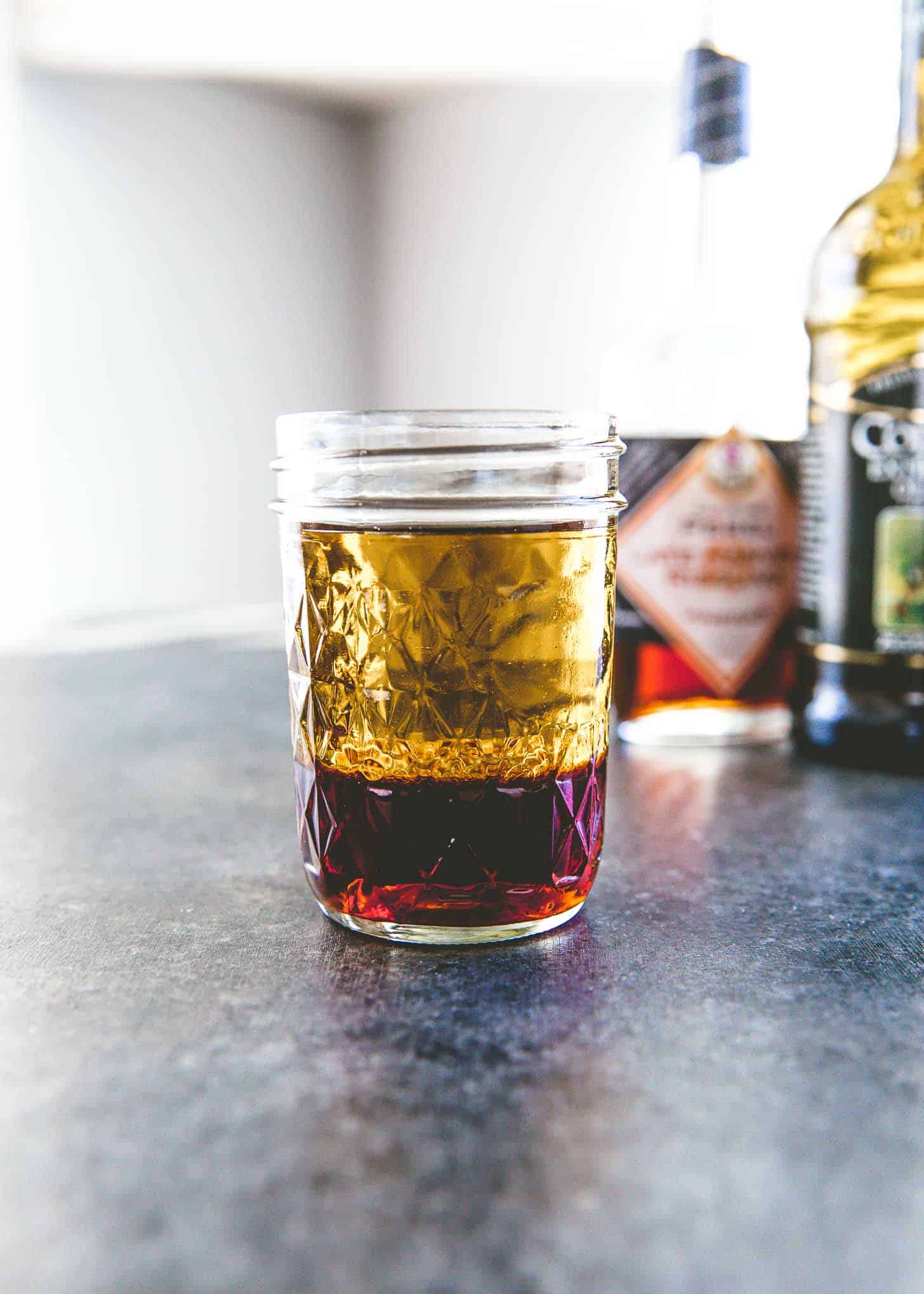
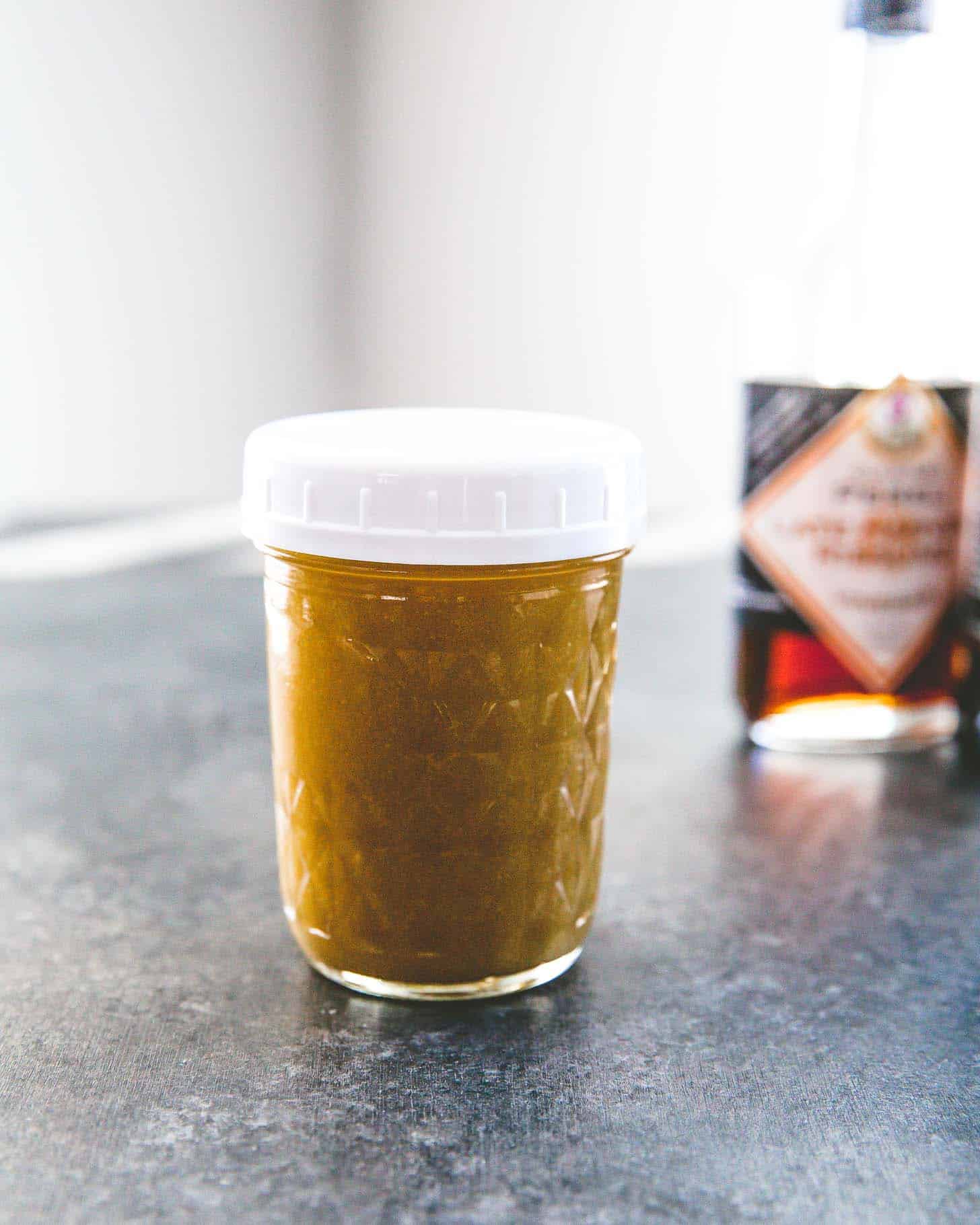
Don’t Forget the Salt and Pepper!
Because oils, vinegars, and all the other ingredients in vinaigrette can provide a lot of flavor, it can be easy to forget the most important seasoning of all. A small amount of salt and pepper will enhance all the other flavors. Taste your finished vinaigrette and add some salt and pepper as needed. (Note: The best way to taste your vinaigrette is to dip a leaf of lettuce in and eat the whole thing. This will give you a much better idea of how your vinaigrette will taste on salad.)
How Long Will Vinaigrette Last?
Vinaigrette that is just oil, vinegar, salt, and pepper can be stored in the refrigerator or at room temperature for several weeks. If you added fresh ingredients, be sure to store the vinaigrette in the fridge, where it should keep for about 5 days.
Salads with Homemade Vinaigrette
Favorite Tools
Pin this now to save it for later
Pin It Now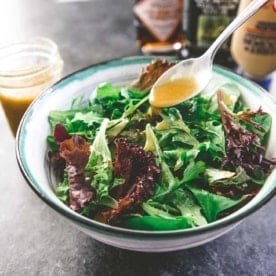
Basic Vinaigrette (with variations)
Equipment
- Mason jar
- Bowl and whisk
Ingredients
- 2 Tablespoons Vinegar (see note)
- 6 Tablespoons Oil (see note)
- 1/8 teaspoon Salt
- 1/8 teaspoon Black Pepper
- 1 teaspoon Flavor Additions–Honey, Maple Syrup, Agave, Mustard, Minced Garlic, Minced Shallots, Fresh or Dried Herbs, Dried Spices, Fresh Fruit, Fresh Cheese (optional – choose one or two to start)
Instructions
If mixing in a bowl:
- Pour vinegar and any other seasoning ingredients (except oil) in a bowl.
- Whisk with a fork or whisk until evenly combined.
- Slowly add the oil while whisking.
- Continue whisking until evenly combined.
If mixing in a mason jar:
- Combine all of the ingredients in a mason jar with a lid.
- Shake vigorously until everything is evenly combined.
If mixing in a blender or with an immersion blender:
- Combine all of the ingredients in a blender or in a narrow jar (that will fit the immersion blender).
- Blend until smooth.
- Store in the fridge for up to 5 days if the vinaigrette includes fresh ingredients. If the vinaigrette is just oil, vinegar, salt, and pepper, it can be stored for several weeks in the fridge or at room temperature.
Notes
Nutrition
Nutrition information is automatically calculated, so should only be used as an approximation.
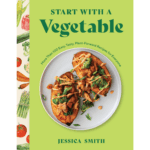

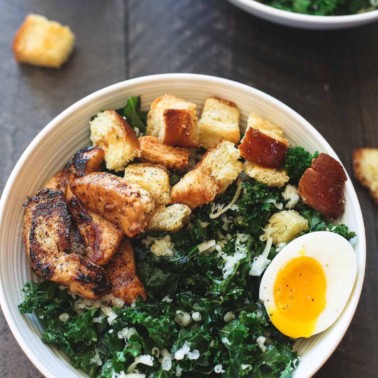
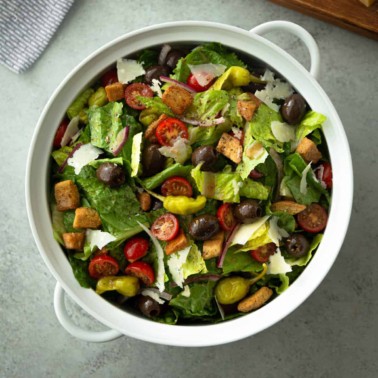
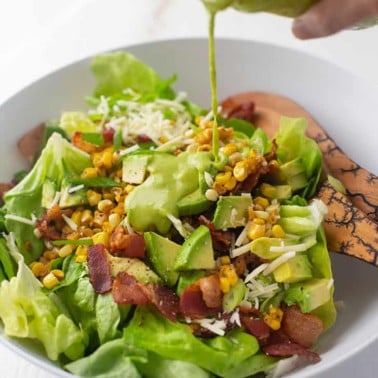
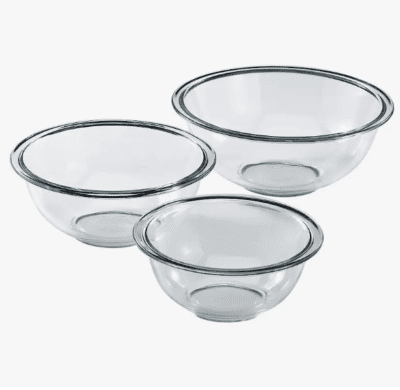
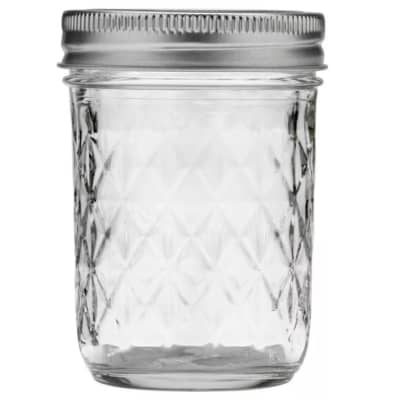
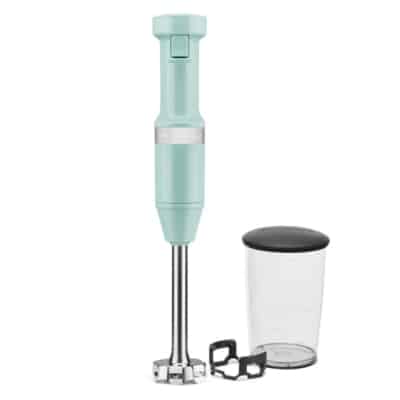
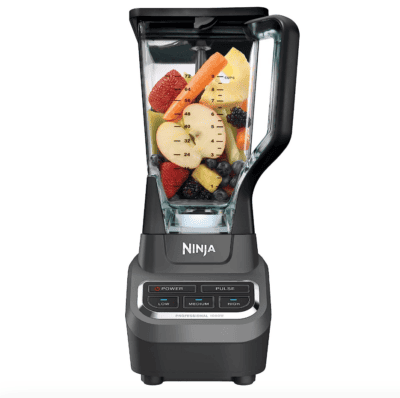
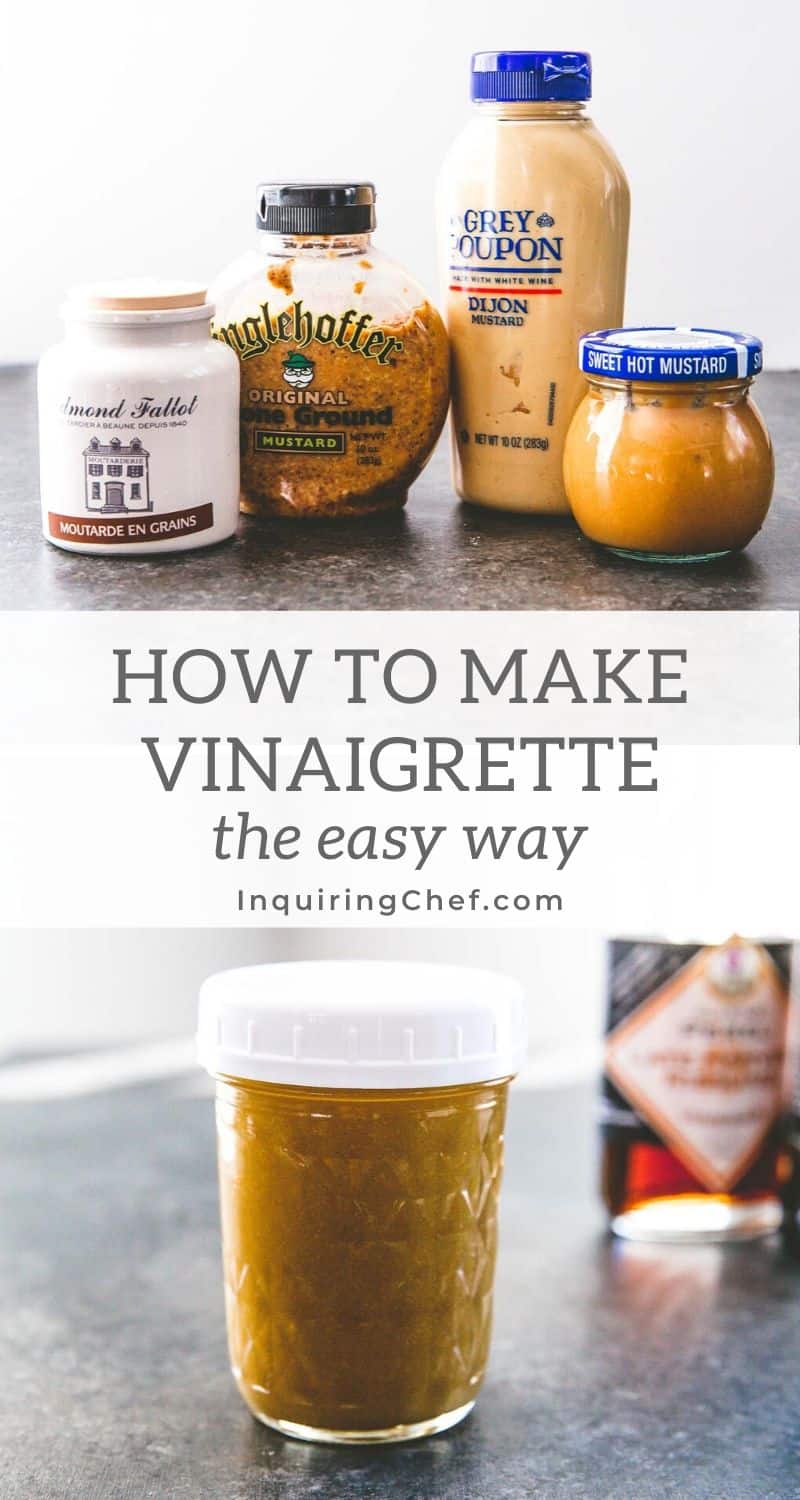
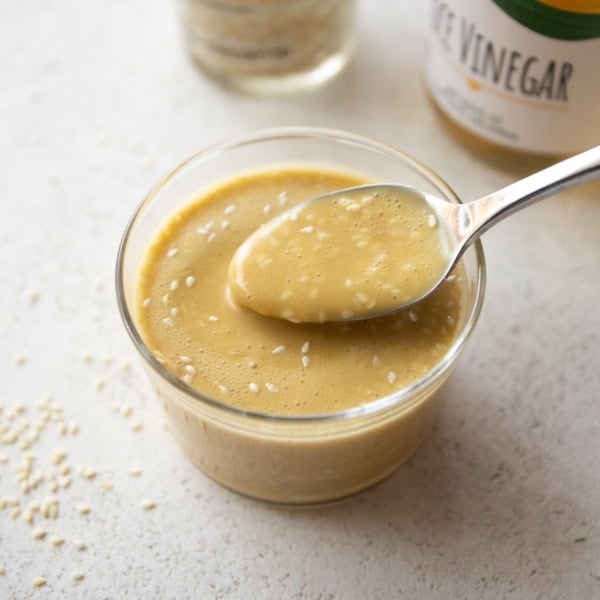
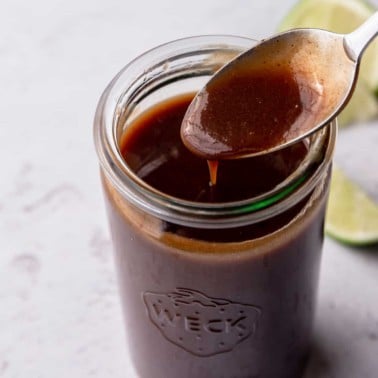
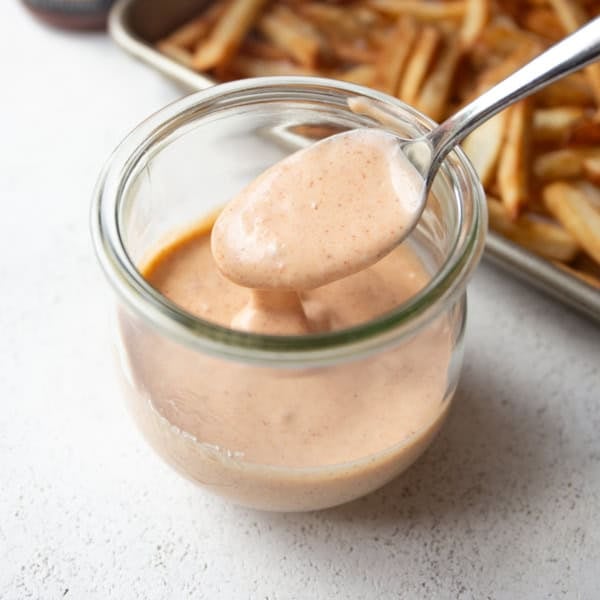









Great write up. It seems so simple to make a vinaigrette but I was googling around this week for preferred vinegars to use and seasoning ideas. (I am on Whole30 and this is the easiest dressing for Whole30 compliant salads) I really like using Dijon Mustard now in mine.
Awesome – that’s so great to hear, Anna! I absolutely agree – I find that if I choose vinegars with a lot of flavor, I can easily make all my vinaigrettes W30 compliant – just oil, vinegar, and Dijon mustard.